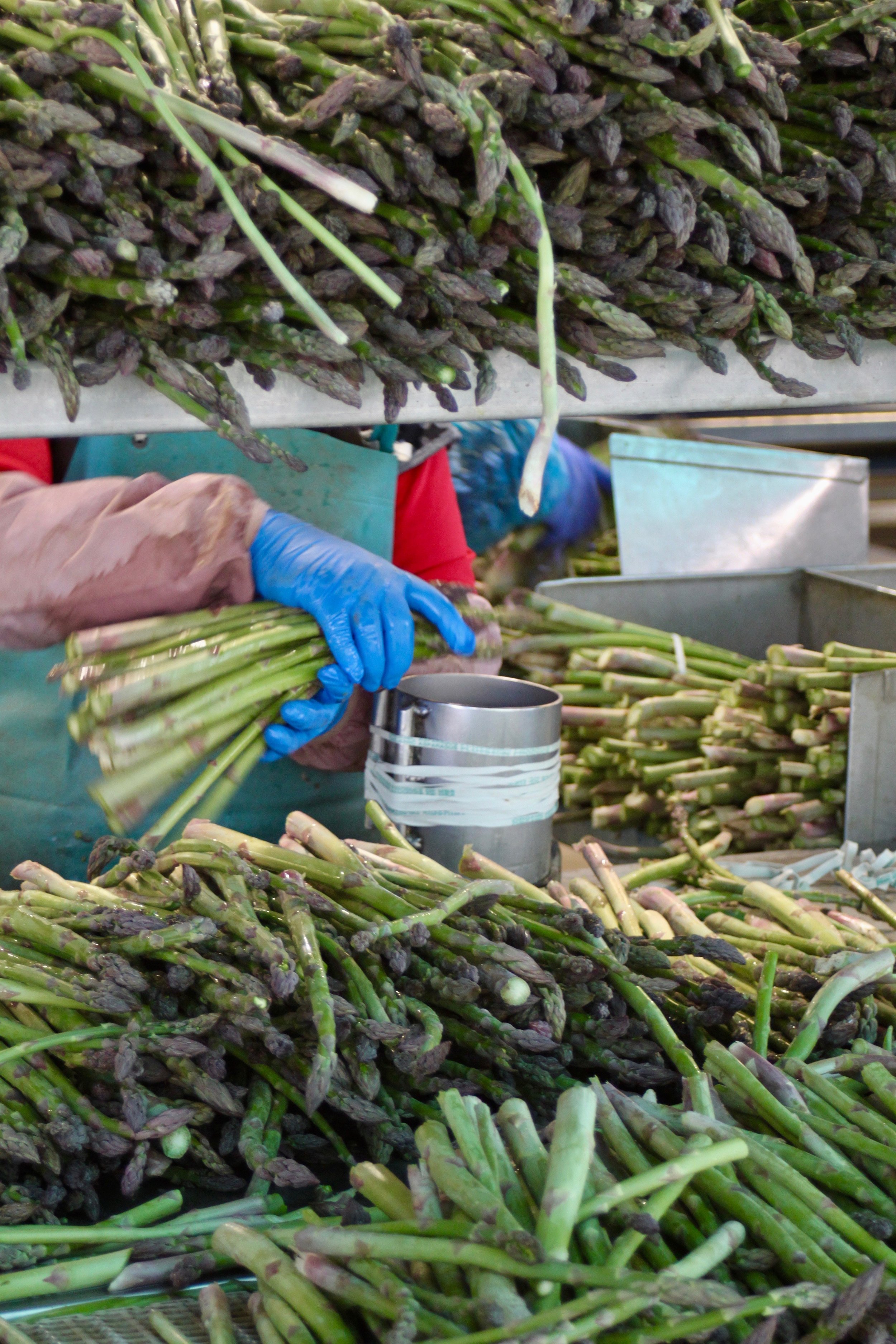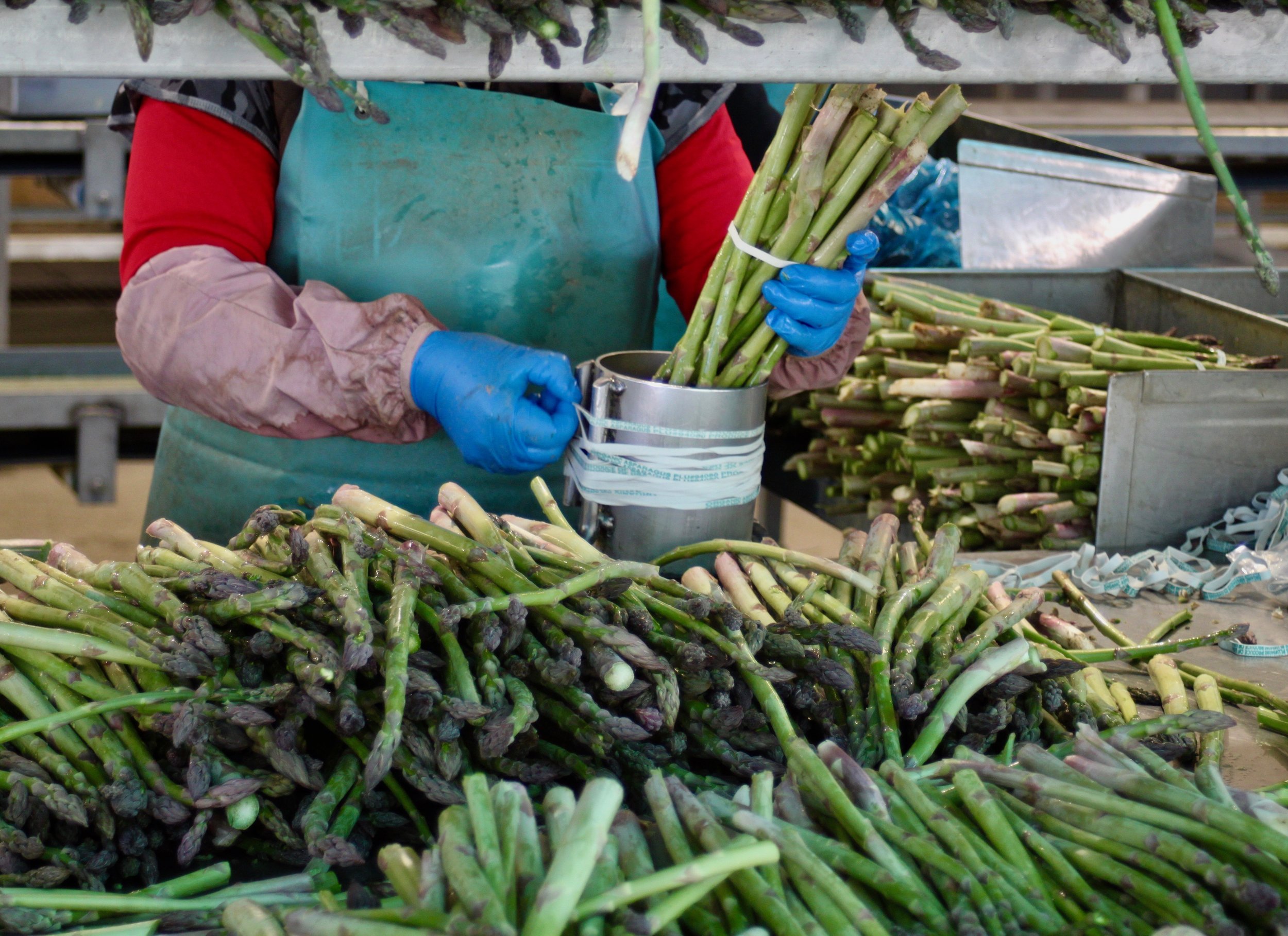Hungry Hollow Happenings: February 2024
This newsletter goes out to email inboxes monthly(ish). To receive future letters in your inbox, click the button below:
February is a slow time of year here on our farm, especially during wetter years. The rain, though much appreciated, keeps us out of the fields – just as they dry out, another storm comes! – resigning us to equipment repairs and maintenance, site cleanup projects, and fine-tuning our plans for the coming seasons.
The bulk of our crop planning is done by February. It is a continuous process, though, with no real starting or stopping point. Throughout the year we are evaluating what’s working and thinking of ways we will tweak plans next time — lamenting over wishes for more black cherry tomatoes, or less beefsteak; more honeynut and less sugar pies; different harvest or sales strategies; a better way of tracking this or that as it comes in and out of the packing house. Then, come November, we start putting these thoughts on paper and brainstorming how to get to the meat of the matters. During December and January, we take all those notes and turn them into actual crop plans with varieties, acreages, and planting dates all mapped out. We share those plans with our sales partners and greenhouse partners, continuing to tweak here and there (taking their feedback into account: we can sell more of that, less of this; these varieties are unavailable, this variety might be better) up until the first seeding date.
For tomatoes, that seeding date was late January! So, our plans are in and “final” and now we wait for the plants to arrive.
While we wait, we add on to our plans – mapping out exactly where (we think) everything will go in the fields and getting the planting dates marked on our calendars. We service all our farm vehicles and tractors, check all the machines and implements for needed repairs and make sure everything is ready to go for the spring. We put away the last of the winter squash packing materials and make way for the asparagus line, once again. We do a deep clean on our packing area and repair any fixtures that were roughed up during the bustle of last years packing and shipping activities. And now, mid-February, we begin setting up the asparagus packing line.
What the asparagus line looks like now (above), as we set it up…
And what it will look like soon (above) during the asparagus season!
All our asparagus is harvested and packed by hand. While there are some mechanical asparagus harvesters in existence, they do not do as careful or as good of a job as our skilled team of people. Asparagus harvest requires careful selection of spears, and attention to the harvest cuts to avoid damaging the crowns underneath the soil. We do, though, try to make it easier for our harvesters by organizing the workflow and utilizing tractors to bring empty totes into the field and carry the harvested totes out of the field (not having to carry heavy totes in and out of the field makes a big difference!).
Once out of the field, the asparagus heads to the packinghouse. Packing asparagus is another job that requires a lot of care towards detail and quality, and is something we do by hand. We do, however, have a mechanized line that speeds up the process and helps a lot!
Our asparagus packing line was designed and fabricated by our team here on the farm. We have some very skilled team members who all have an eye for design and process, combined with a talent for building and tinkering. The packing line is somewhat modular so that we can take it apart and put it back together (relatively) easily. We have just one packing area that we change throughout the seasons to fit our needs so all of our packing equipment needs to be somewhat mobile. We have two asparagus lines that can be set up — depending on harvest volume we use one or both of them.





When asparagus comes into our packinghouse from the field, it is first wet down and put in cold storage for 24 hours before going on the packing line. The cooled asparagus then gets taken out of the harvest containers and placed onto the packing line’s input conveyor belt to be sorted, bunched, trimmed, and packed.
The first step on the line after a pre-wash is a saw that trims the ends down so the stalks are all relatively the same length. Then the asparagus is sorted by size (diameter) — standard, large, or jumbo — and then for quality as it is bunched and banded. The banded bunches are then tagged and collected into a stainless steel box that goes back onto another conveyor belt. It then travels through another saw to trim all the bunches to the same length. After this final cut, the finished bunches are packed into retail boxes (according to size), dunked in ice water, and returned to the cooler where they’ll chill until they are loaded onto a truck (the video below details the whole process).
But, that’s all still a few weeks away. We’ve started getting questions about when our asparagus harvest will start and the answer is: we aren’t sure! Typically our season starts early March, but it all depends on the weather. If the field is too wet, we can’t get in with our tractors for harvest. If it’s too cold, the spears won’t grow enough to get a good harvest. Last year we had an exceptionally wet winter followed by a very cold spring, which led to a late start to our harvest (the very last week of March).
This winter has been fairly wet, but not too cold – even still, only time will tell! We’ll be sure to keep you posted, though, and in the meantime we’ll continue preparing for what we hope will be a successful and bountiful season ahead.
Recipes We’re Loving:
Ok, this newsletter is not meant to be an Ottolenghi Fan Club (though, wouldn’t that be fun?), but this Herby Sweet Potato Soup was just the perfect bright, cozy, meal to lighten up a spell of rainy days. You could even swap the sweet potato for winter squash (if you felt so compelled).
If you’re still hanging on to some winter squash, and a taste for indulgent dairy-laden dishes (this Durst Organic Grower sure is!) then give this Butternut Squash and Cheddar Gratin a try! It is very easy and very delicious.
And, if you still have winter squash (I do) then perhaps a peruse through this list of Winter Squash Recipes to Light the Way to Spring will help reinvigorate your taste for it as we make our way into a new season (and clean out our pantries in the process!). This is the point of the year where we become a bit weary of winter squash, so that list of recipes is a welcome source of new inspiration in our kitchens.
Now, what are you most excited for eating this spring? (hint: asparagus)





